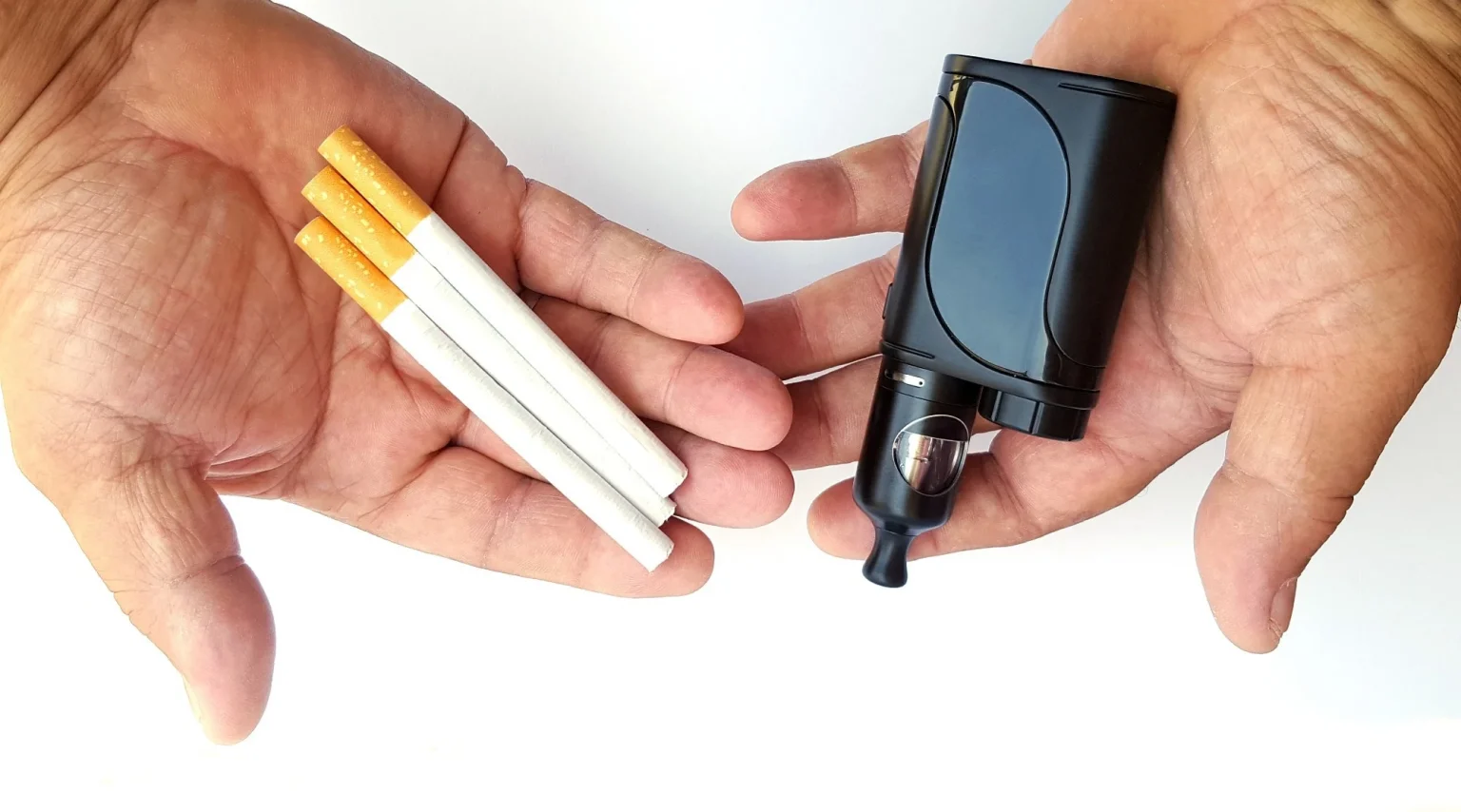In recent years, disposable vapes have surged in popularity, especially among younger generations and those seeking a smoke-free lifestyle. Marketed as a less harmful alternative to traditional cigarettes, these sleek, portable devices have quickly become a common sight. But how do they truly stack up when it comes to health and safety? Let’s dive into the facts and debunk the myths.
Understanding Disposable Vapes and Cigarettes
Disposable vapes are compact electronic devices pre-filled with e-liquid, typically containing nicotine, flavorings, and other chemicals. Unlike reusable vapes, they require no refilling or recharging — once used up, they’re discarded.
Traditional cigarettes, on the other hand, burn tobacco to deliver nicotine. This combustion process releases a host of harmful chemicals, including tar, carbon monoxide, and over 70 known carcinogens.
At first glance, disposable vapes seem like a cleaner, simpler option. But the question remains — does “smoke-free” automatically mean “safe”?
The Health Risks: A Comparison
Cigarette smoking is a leading cause of preventable death worldwide, linked to cancers, heart disease, respiratory issues, and more. The danger largely comes from the thousands of chemicals released when tobacco burns.
Disposable vapes eliminate combustion, reducing exposure to tar and some toxic by-products. However, they are far from risk-free. Studies have found that vaping aerosols still contain harmful substances like heavy metals, volatile organic compounds, and ultrafine particles that can lodge deep in the lungs.
Moreover, nicotine — the addictive substance found in both products — remains a central concern. High nicotine levels in disposable vapes can lead to dependence, affect brain development in young users, and contribute to cardiovascular issues.
Safety: A Question of Degree, Not Absolute
From a harm-reduction perspective, disposable vapes may pose fewer immediate risks than cigarettes, particularly for long-term smokers trying to quit. Public health bodies like the UK’s NHS have supported vaping as a smoking cessation tool — but this is not a blanket endorsement of vaping for non-smokers.
It’s important to remember that “safer” does not mean “safe.” The long-term effects of vaping are still largely unknown, given how recent these devices are on the market. What seems like a less harmful choice today could have hidden dangers that only time will reveal.
Youth Appeal and Addiction Risks
One of the major concerns surrounding disposable vape use is its growing popularity among teens and young adults. Attractive flavors like mango, cotton candy, or mint, combined with slick designs and easy availability, make them appealing to younger demographics who may have never smoked before.
This creates a new wave of nicotine addiction among youth, potentially leading to increased risk of transitioning to cigarettes or other tobacco products.
Final Thoughts: Weighing the Options
When comparing disposable vapes to cigarettes, it’s clear that vaping eliminates some of the most harmful aspects of smoking — but it doesn’t come without its own set of risks. If you’re a current smoker, switching to disposable vapes might reduce harm, especially if used as a stepping stone toward quitting nicotine entirely.
However, for non-smokers and youth, the use of disposable vapes introduces unnecessary health risks and can lead to nicotine dependence. The safest option, ultimately, is to avoid both.
Conclusion
In the debate over whether disposable vapes are safer than cigarettes, the answer is nuanced. They may be less harmful, but they are not harmless. Understanding the risks and making informed decisions is crucial in a world where sleek packaging often hides serious health implications. As with all things health-related, moderation, education, and caution are key.


